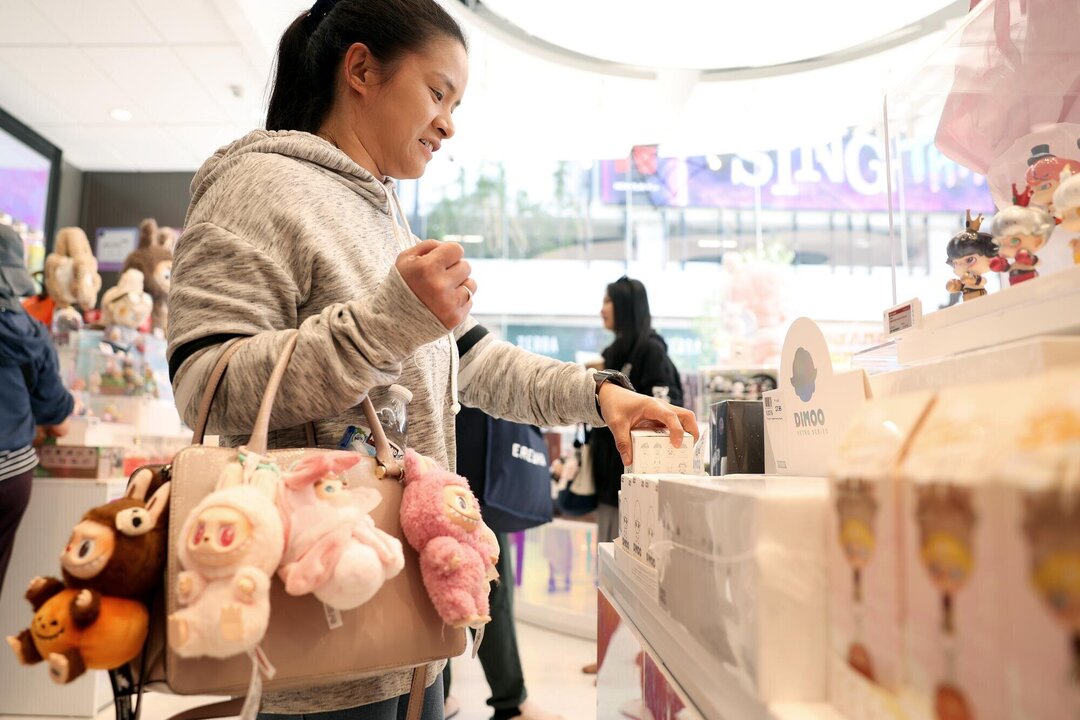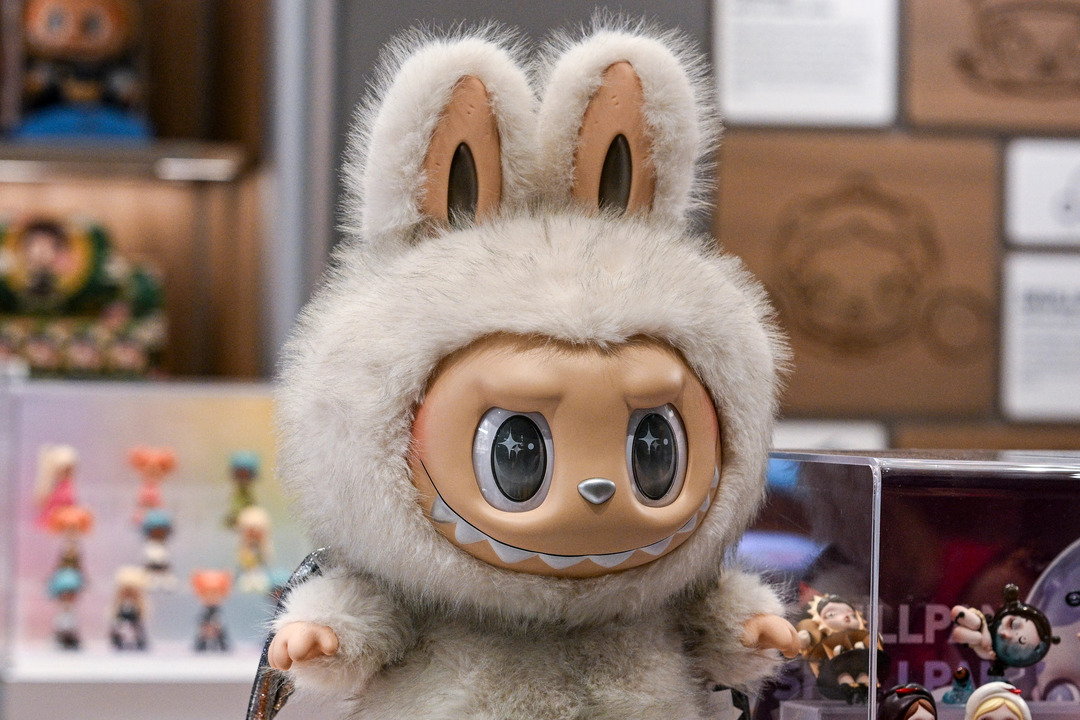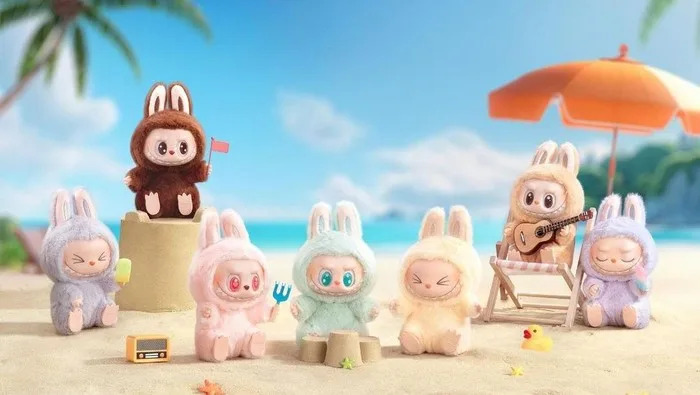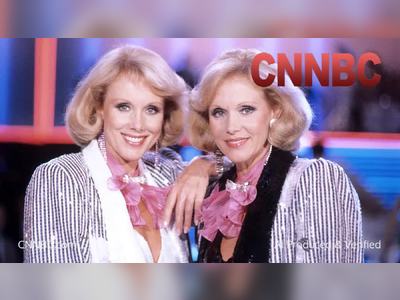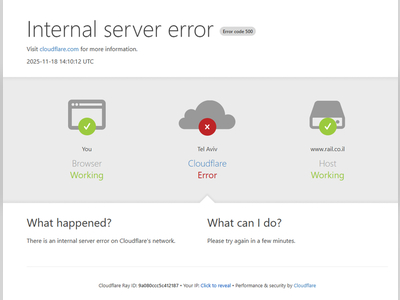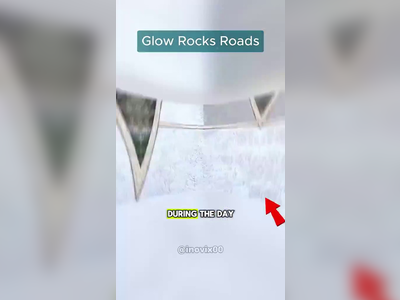“Not Just One, but Thirty” — The U.S. Blind-Box Toy Frenzy Driven by Labubu Mania
Following the viral scarcity of Labubu figures, major U.S. toy makers and retailers are racing into mystery-box formats ahead of the holiday season
What began as a niche collectible craze for the blind-box figure known as Labubu has now rippled through the U.S. toy industry in full force.
U.S. consumers continue to scour the market for authentic Labubu dolls from the Hong Kong-based Pop Mart brand—items that vanish from shelves in minutes and later resell for thousands of dollars.
In response, major American toy companies and big-box retailers have adopted the “blind box” model for the holidays, offering less expensive mystery figures priced between six and ten U.S. dollars and aimed at both children and adults.
The blind-box format—where the buyer does not know which figure is inside the sealed packaging—has proven highly effective at driving repeat purchases.
Analysts report that shoppers rarely stop at one; industry data indicate many buy ten, twenty, thirty units in a single session.
One U.S. market-research executive observed: “When people buy it, they don’t buy one, they buy ten and thirty.
There is the chase”.
Retailers such as Target and Walmart have dramatically expanded their blind-box assortments for the 2025 holiday season, adding items from series such as Baby Three, Miniverse (by MGA Entertainment), Minibrands (by Zuru) and Aphmau.
U.S. toy manufacturers including Hasbro and Mattel are also releasing versions of beloved brands—such as Furby and Barbie—in mystery-pack formats to tap into the same dynamic.
Though the broader toy-industry outlook remains cautious—with market research projecting a possible volume decline of up to two-and-a-half percent during the November-December peak—the blind-box category stands out as an area of growth and optimism.
Specialty retailers—such as Miniso in the U.S., and Canadian chain Showcase which carries authentic Labubu lines—see the phenomenon as a “record” opportunity this season.
One CEO of a collectibles retailer said: “Blind boxes are going to be very big.
this Christmas will be a record Christmas for that reason”.
At the heart of the trend is Labubu itself.
Created by artist Kasing Lung and prominently sold by Pop Mart, Labubu figurines are released in blind-box form worldwide, and rare “secret” figures in each series frequently command high resale prices—sometimes in the tens or hundreds of thousands of U.S. dollars.
The appeal spans kids, teenagers and adult “kidult” collectors alike, driven by the thrill of surprise, limited availability and social-media viral culture.
Yet the very success of the format raises questions: how sustainable is a business model built on artificial scarcity and repeat drops?
How might the wave of cheaper blind-box alternatives affect the authenticity, resale market or collectibility premium of the original Labubu brand?
And what of consumers who chase many units hoping to “get the one they want”?
For now, though, the industry is placing its bets: cheap, surprise-packaged toys that tempt repeated buys and social buzz seem poised to dominate toy aisles this holiday.
The scramble to fill those aisles may tell us as much about modern consumer psychology as it does about toys.
This season’s blind-box surge offers not only a gift-givers’ wish-list item but also a cultural snapshot of how collectibility, scarcity and surprise are being woven into mainstream retail.
Whether the trend will endure beyond its current peak remains to be seen, but for the moment, the chase is very real.
U.S. consumers continue to scour the market for authentic Labubu dolls from the Hong Kong-based Pop Mart brand—items that vanish from shelves in minutes and later resell for thousands of dollars.
In response, major American toy companies and big-box retailers have adopted the “blind box” model for the holidays, offering less expensive mystery figures priced between six and ten U.S. dollars and aimed at both children and adults.
The blind-box format—where the buyer does not know which figure is inside the sealed packaging—has proven highly effective at driving repeat purchases.
Analysts report that shoppers rarely stop at one; industry data indicate many buy ten, twenty, thirty units in a single session.
One U.S. market-research executive observed: “When people buy it, they don’t buy one, they buy ten and thirty.
There is the chase”.
Retailers such as Target and Walmart have dramatically expanded their blind-box assortments for the 2025 holiday season, adding items from series such as Baby Three, Miniverse (by MGA Entertainment), Minibrands (by Zuru) and Aphmau.
U.S. toy manufacturers including Hasbro and Mattel are also releasing versions of beloved brands—such as Furby and Barbie—in mystery-pack formats to tap into the same dynamic.
Though the broader toy-industry outlook remains cautious—with market research projecting a possible volume decline of up to two-and-a-half percent during the November-December peak—the blind-box category stands out as an area of growth and optimism.
Specialty retailers—such as Miniso in the U.S., and Canadian chain Showcase which carries authentic Labubu lines—see the phenomenon as a “record” opportunity this season.
One CEO of a collectibles retailer said: “Blind boxes are going to be very big.
this Christmas will be a record Christmas for that reason”.
At the heart of the trend is Labubu itself.
Created by artist Kasing Lung and prominently sold by Pop Mart, Labubu figurines are released in blind-box form worldwide, and rare “secret” figures in each series frequently command high resale prices—sometimes in the tens or hundreds of thousands of U.S. dollars.
The appeal spans kids, teenagers and adult “kidult” collectors alike, driven by the thrill of surprise, limited availability and social-media viral culture.
Yet the very success of the format raises questions: how sustainable is a business model built on artificial scarcity and repeat drops?
How might the wave of cheaper blind-box alternatives affect the authenticity, resale market or collectibility premium of the original Labubu brand?
And what of consumers who chase many units hoping to “get the one they want”?
For now, though, the industry is placing its bets: cheap, surprise-packaged toys that tempt repeated buys and social buzz seem poised to dominate toy aisles this holiday.
The scramble to fill those aisles may tell us as much about modern consumer psychology as it does about toys.
This season’s blind-box surge offers not only a gift-givers’ wish-list item but also a cultural snapshot of how collectibility, scarcity and surprise are being woven into mainstream retail.
Whether the trend will endure beyond its current peak remains to be seen, but for the moment, the chase is very real.





